Subfamily Mustelinae Scientific name Arctonyx collaris Rank Species | Phylum Chordata Genus ArctonyxCuvier, 1825 Higher classification Arctonyx | |
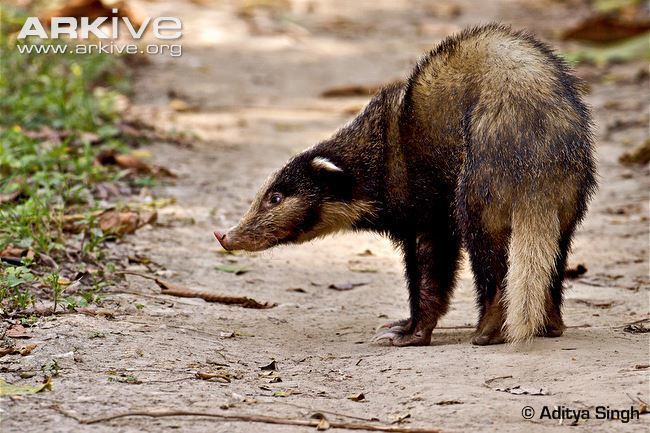 | ||
Similar Ferret‑badger, Stink badger, Mammal, Chinese ferret‑badger, Burmese ferret‑badger | ||
The hog badger (Arctonyx collaris) is a terrestrial mustelid that is widespread in Central and Southeast Asia. It is listed as Near Threatened in the IUCN Red List of Threatened Species as its occurrence is patchy. The population is thought to be declining due to high levels of exploitation.
Contents
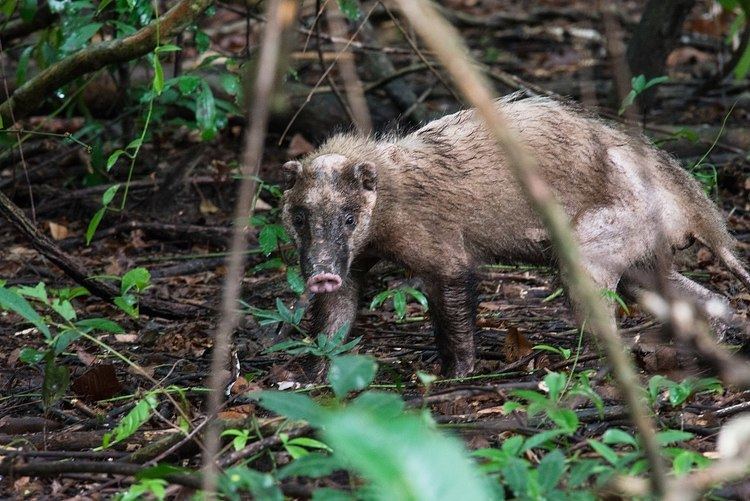
Characteristics
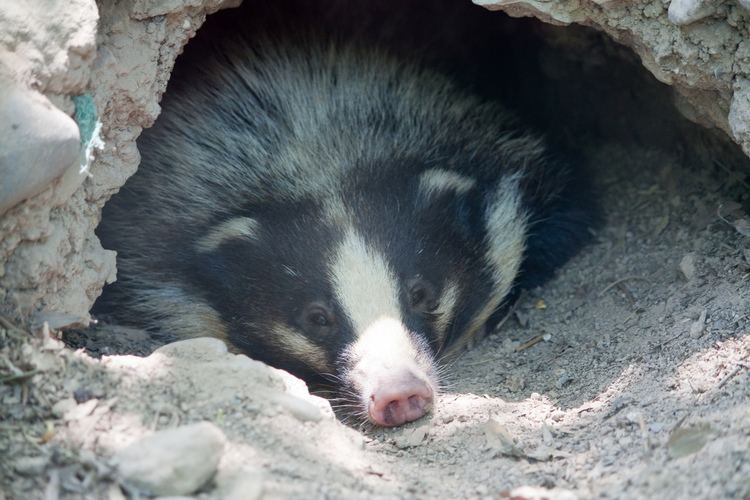
It has medium-length brown hair, stocky body, white throat, two black stripes on an elongated white face and a pink, pig-like snout. The head-and-body length is 55–70 cm (22–28 in), the tail measures 12–17 cm (4.7–6.7 in) and the body weight is 7–14 kg (15–31 lb).
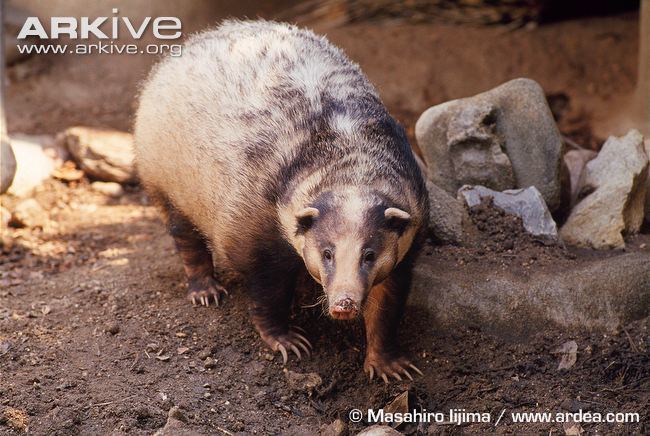
Its appearance generally resembles the European badger, but it is generally smaller, with larger claws on the front feet. Its tail has long white hairs, and its front feet have white claws.
Distribution and habitat
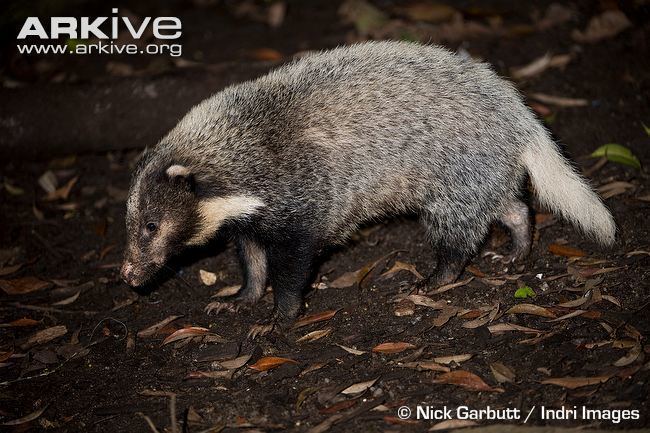
Hog badgers are considered fairly common in Thailand and in tropical evergreen forests and grasslands of the Terai in north-eastern India. They occur in Indochina and in southern China. Their distribution in Myanmar is considered patchy. In the Indonesian island of Sumatra, hog badgers occur primarily above 2,000 m (6,600 ft) with one record at 700 m (2,300 ft). There is one isolated record in eastern Mongolia.
The following subspecies are recognized:
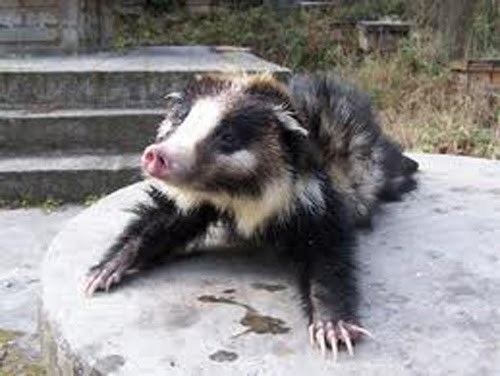
The IUCN has declared the greater hog badger (Arctonyx collaris), the northern hog badger (Arctonyx albogularis) and the Sumatran hog badger (Arctonyx hoevenii) as three separate species. The greater hog badger is listed as vulnerable, while the other two are listed as least concern.
Ecology and behavior
The hog badger is active by day and not very wary of humans. Analysis of numerous camera trap pictures from Myanmar show no peak activity at either day or night.
The hog badger is omnivorous, its diet consists of fruits, roots and small animals.
